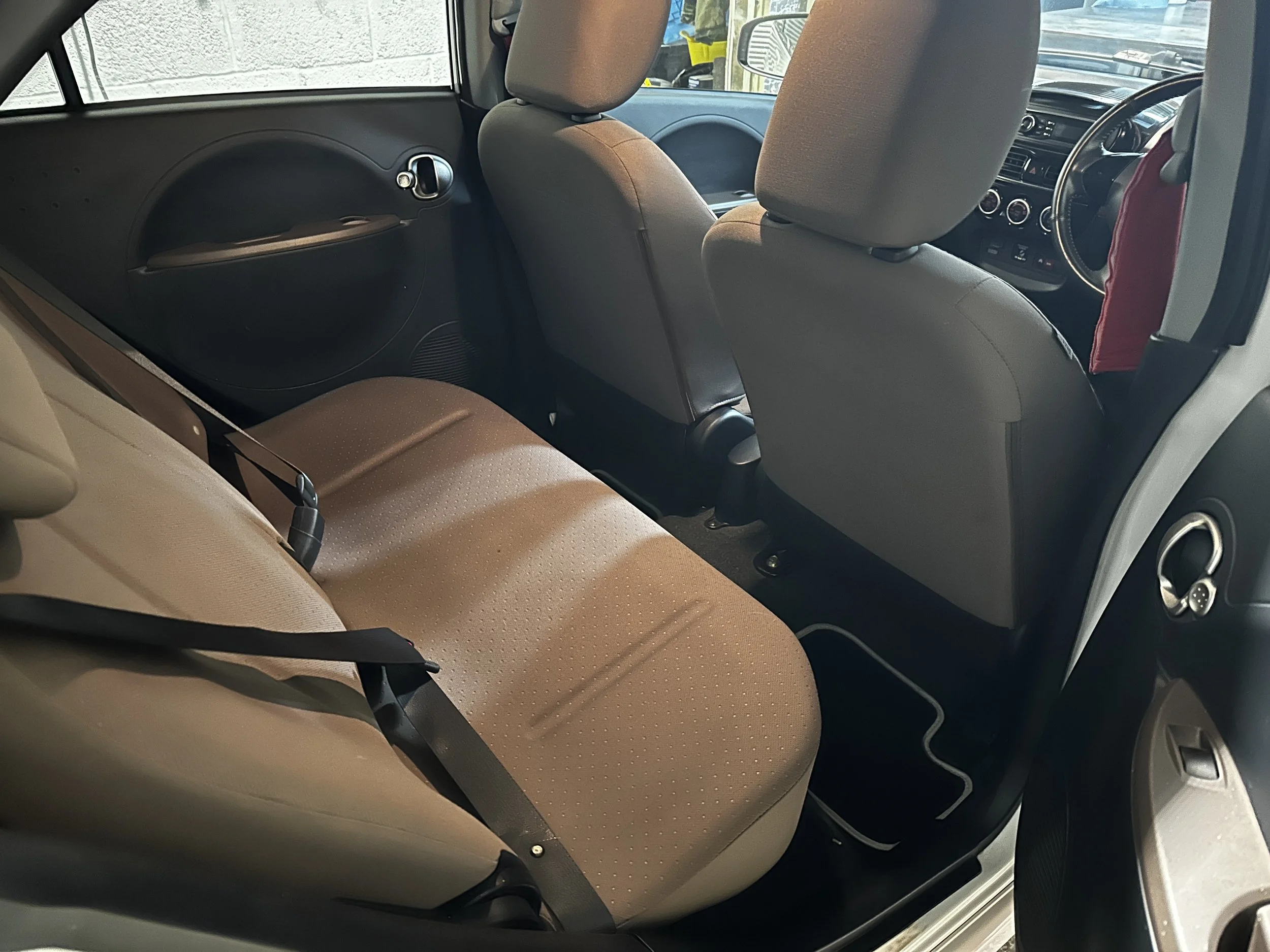
Citroen C-Zero
“How long do they think batteries will last if you charge them slowly and don’t thrash them?”
“If you charge them up when they’re half empty, rather than letting them get all the way flat. Maximum 10 years, possibly 5”
- James May and Jeremy Clarkson. Top Gear Series 17 Episode 6
So, with this quote in mind, let’s have a look at a 13 year old EV in the form of a Citroen C-Zero.
The Citroen C-Zero, Peugeot iON, and Mitsubishi i-MiEV are badge engineered triplets based around the original 2007 Mitsubishi i petrol car. They’re kei class vehicles which means they must conform to the regulations in terms of dimensions and power output but gives discounts and exemptions for Japanese motorists.
Thing is, they make a lot of sense over here in the UK. Let’s face it; not a lot of cities were built with the motor car in mind. The Kei car has enough room for two people to sit side by side but no more than that.
Exterior
Egg shaped. It kind of has to be
Interior
Are you a fan of brown?
Driving
64bhp…
Charging
The C-Zero has 2 charging ports. The AC is a Type 1 (J1772) connector. AC charging is limited to 16 amps but thanks to the battery pack being so small, a full charge can be achieved in 4 hours.
DC rapid charging is taken care of using the CHAdeMO port. This system came on the first wave of Japanese EVs and is still in use today on the Lexus UX300e. The maximum charging rate is 40kW but averages out about 30kW for a 10-80% charge. The C-Zero has the ability to redirect refrigerated air from the air conditioning system to the battery pack to cool the cells, reducing the impact of excessive heat within the pack.
The C-Zero has the ability to drive/rapid charge as much as necessary unlike the Nissan brainfart on the LEAF believing passive cooling of the battery pack would be sufficient (it isn’t).
Battery
Up until 2013, the triplets came with a 16kWh lithium ion battery pack of 88 cells. Later models of the French versions dropped 8 cells to create an 80 cell 300V pack. But thanks to refinements in regenerative braking, the range remains the same. They were also upgraded with the LEV50N cell variant which were designed to be more temperature tolerant which is useful for frequent rapid charging.
The battery in this model has 13 years of use and calendar ageing but is still showing 70% battery pack health which is what most manufacturers today warranty their battery packs to. What should also be considered is the size of the pack which means it will experience a higher level of Depth of Discharge (DoD). This is how low the battery charge level is taken.
Modern battery packs have more sophisticated thermal management systems, better chemical makeup and more robust construction methods all which contribute to a longer lasting battery pack. As stated in the FAQs, Geotab records average battery degradation of modern EVs at 1.8% per year. With that level of degradation, the battery pack will outlive the car.
But even when this battery pack is at its end of life, there is still enough usable capacity to repurpose the cells into stationary energy storage. The car however, can go on. Thanks to companies like OZ Electric Vehicles, battery pack upgrades are now available. Thanks to modern cell technology, the battery pack capacity will increase from 16 to 31kWh within the same dimensions as the original pack.
Final Thoughts
Buy a post-2013 Mitsubishi i-MiEV.






